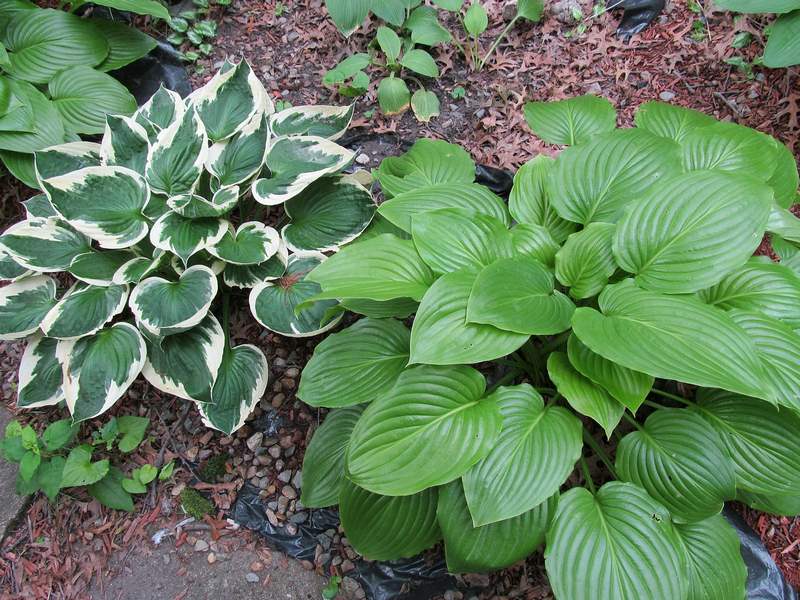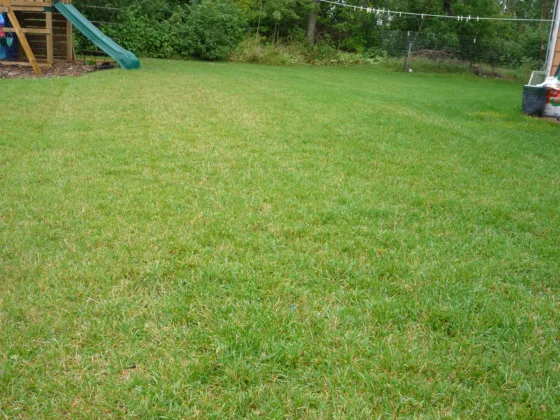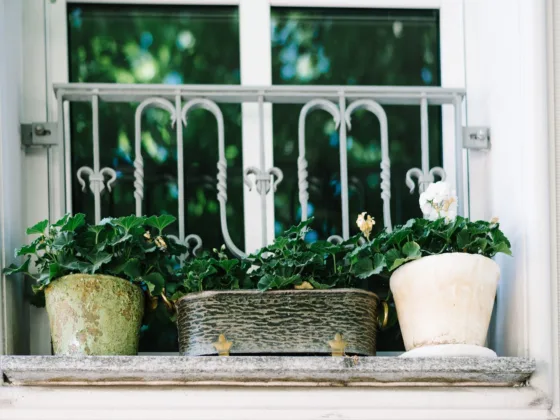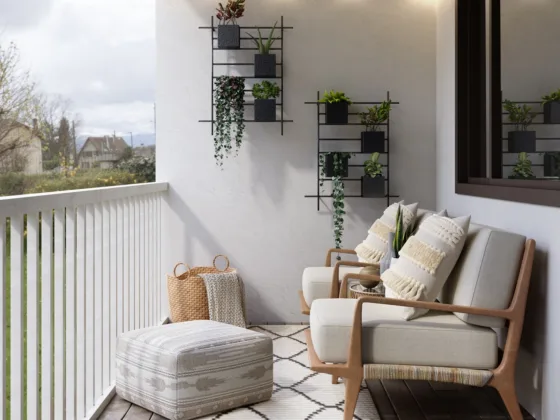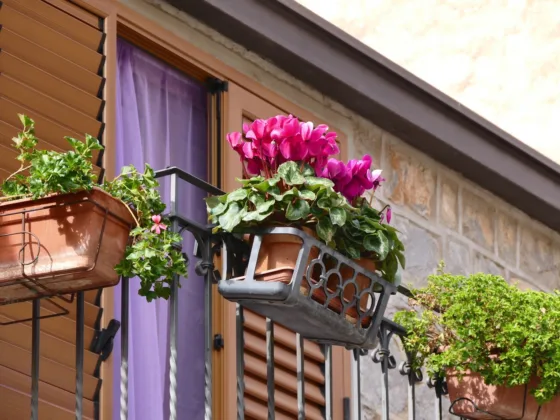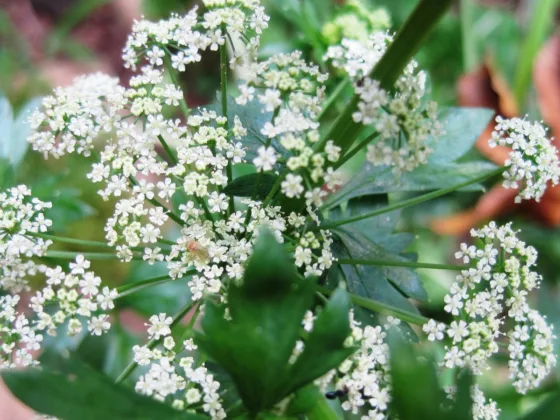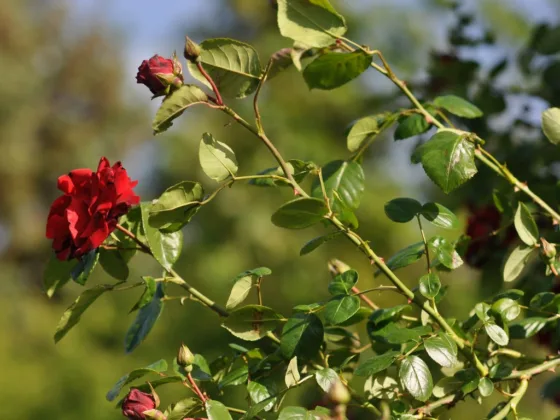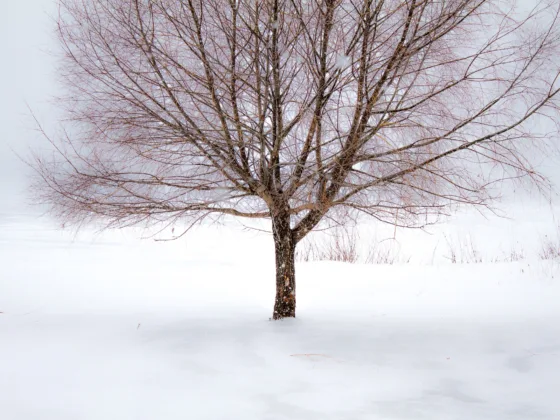Table of Contents Show
Perennial plants in a small garden maintain order and are easy-to-care-for.
A small space needs a strong design and judicious plant selection: It needs a big impact!
A small garden with perennial plants will have a lasting effect and will require little maintenance.
Summary: Get it Done in Four Stages or DIY
- A landscape designer provides several versions of a plan that includes hardscape, trees, bushes, and plants.
- The homeowner chooses one version or a combination.
- A landscape contractor executes the entire design or builds the hardscape and plants accent trees and bushes.
- The homeowner completes the project with the small plant material.
If you opt for a DIY project instead, once the hardscape is built, planting can be done in stages. Begin with the larger and more costly specimens because they will anchor the space.
As the project progresses technically and evolves visually, new ideas might come up: Be focused on the intended use of the garden. Keep in mind children and/or pets!
How to Use Ideas from Garden Magazines and Websites
A landscape designer must know what you like, or time and money will be wasted when his proposal does not reflect what you had in mind.
Make a scrapbook of photographs or magazine clippings, and bookmark garden designs from websites. Give this collection of vignettes (ideas with all the components) to the designer, or create your DIY sketch:
- Create a sketch of your garden.
- Select a vignette for a particular location.
- Trace it, or paste it, at the desired location on your garden sketch.
- Repeat the process for another area.
- If you traced instead of pasting, make copies of the sketched design.
- On each copy, add colours to show seasonal foliage and perennial blooms.
Vignettes might incorporate a path, a retaining wall, some water feature, or a shady corner. Remember that less is more and choose only one or two complementary garden décor such as:
- A cast-iron antique urn and a salvaged small gate
- A birdbath or birdhouse and a harbour
- Garden sculpture and decorative stepping stones
Keep in mind that the plants shown in a vignette might not be adequate for your climate. Get advice from nurseries for appropriate substitutions.
Have Fun Choosing Plants with the Gardener’s Colour Wheel
This clever tool lets you understand how colours work together through contrast and harmony. In a small garden colour selection must follow basic rules:
- Combine three colours, including foliage, for harmony and an illusion of space.
- Expand the palette with variations of the same colour for a monochromatic effect.
- Choose trees, bushes, and roses that bloom in the same family colour.
- Create the right depth by placing dark colours and rough textures in the front.
- Extend space by placing light colours and fine textures in the back.
Plant with a Purpose
Before going to the nursery make a list of the varieties of bushes and plants needed, for which exposure, for what purpose (privacy, flowers, fragrances, fall foliage) and keep in mind that:
- Plant repetition over several areas creates continuity
- Plants with vertical interest create dimension.
- Bushes growing flat against a wall enlarge a garden space.
- Vines hide the rigid lines of privacy fences.
- Mature plants need replanting sooner.
- Plants must match their hardscape (pond, arbour).
- Plant colours are best coordinated with the pots they grow into.
Know your Trees, Perennial Plants and Topiaries
True: Knowledge can prevent mistakes, but equally true: Plants can fail in any location. All you can do is to choose plants for a reason:
- Perennial plants with interesting foliage bridge the seasonal gap.
- Deciduous bushes contribute to the glowing colours of autumn.
- Bushes with colourful stems create visual impact in winter.
- Evergreen bushes with needles contrast nicely with leafy textures.
- Bushes with berries offer off-season interest.
- Annuals help to experiment before planting perennials of similar effect.
- Ground covers leave space for specimens such as topiaries.
- Non-deciduous trees give shade and year-round privacy.
- Climbing vines provide flowers at eye-level and fragrance.
When your garden is taking shape and you begin to feel a connection, trust your instincts. Your garden should awaken your own senses to replenish your mind and your soul.
